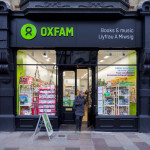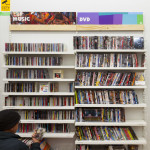The Dark (and Light) Art of Architectural Photography

Diane Auckland, of Architectural Photography agency Fotohaus, explains the art of architectural photography.
Architectural photography is all about light (and occasionally dark). Daylight, ambient light, building lights, skylights, interior lighting, landscape lights, street lights and even moonlight can play an important part in the composition of images.
As photographers we choose particular angles and frames to show off a space, creating shape, form and patterns to highlight the visual elements.
The other peculiarities of photography; capturing a slice of time, specific focus, depth of field (shallow focus or everything in focus), choice of lens, and, with architectural photography, the use of a view camera or tilt/shift lenses to control the perspective (no converging verticals); all of these elements, along with the all-important light, can combine to create a great aesthetic.
The use of artistic rules, like the rule of thirds, lead in lines or a perfectly symmetrical image, guides most shoots, but we occasionally just abandon all that because something strange or just plain weird looks better than anything else.
Although everyone who commissions us wants to see their whole project in full, a wide sometimes unbelievable panoramic of a shot, often it is the sectional or detail that teases or intrigues and becomes the defining picture of a building or space.
In the end, the added element is the people that use the space; evident occasionally in blurs as they bustle through the space or small enough to remain unknown but big enough to suggest scale, they add a special ingredient to a picture that brings the building to life. And ultimately, they are the purpose of the building.














